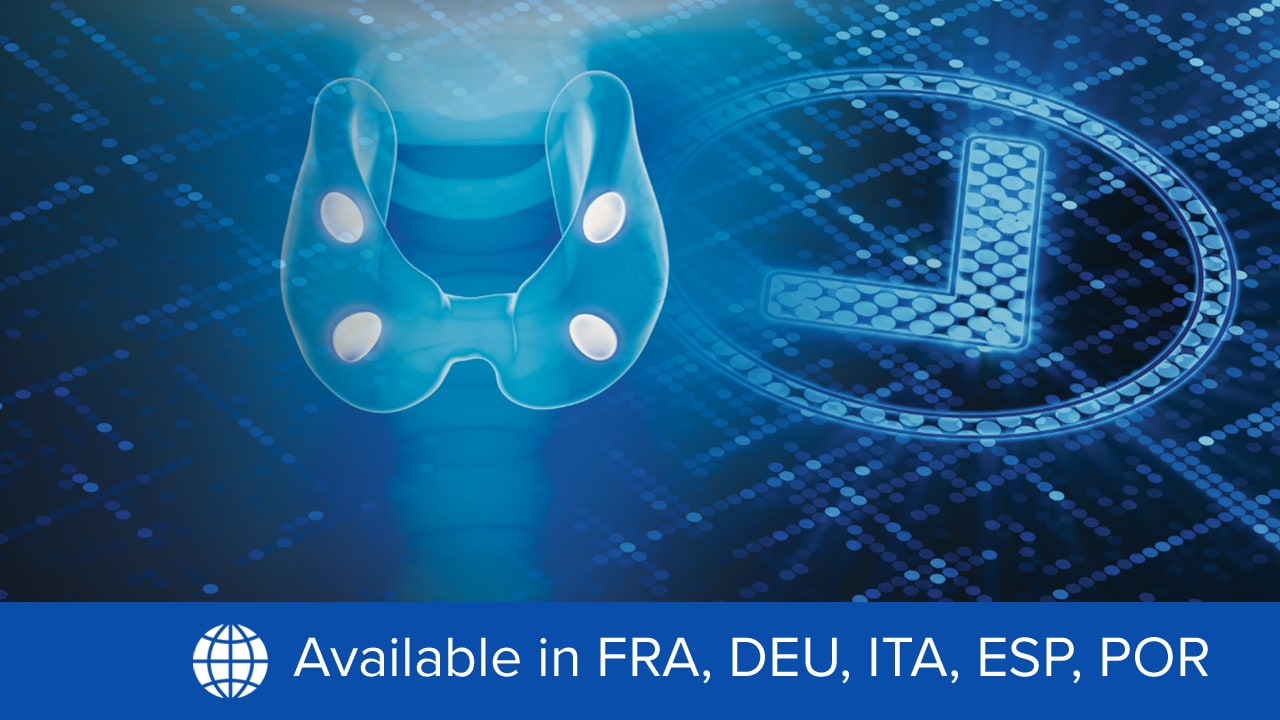Practice Essentials
Polyglandular autoimmune syndrome type II (PGA-II) is the most common of the immunoendocrinopathy syndromes. It is characterized by the obligatory occurrence of autoimmune Addison disease in combination with thyroid autoimmune diseases and/or type 1 diabetes mellitus (also known as insulin-dependent diabetes mellitus, or IDDM). Primary hypogonadism, myasthenia gravis, and celiac disease also are commonly observed in this syndrome.
The definition of the syndrome depends on the fact that if one of the component disorders is present, an associated disorder occurs more commonly than in the general population. The most frequent clinical combination association is Addison disease and Hashimoto thyroiditis (Schmidt syndrome), while the least frequent clinical combination is Addison disease, Graves disease, and type 1 diabetes mellitus. The complete triglandular syndrome is sometimes referred to as Carpenter syndrome. A meta-analysis found that Addison disease occurs in 100% of patients with PGA-II, autoimmune thyroid diseases in 69-82%, and type 1 diabetes mellitus in 30-52%. [1]
PGA-II occurs primarily in adulthood, usually around the third and fourth decades of life. Middle-aged women have shown an increased prevalence of PGA-II. It is associated with HLA-DR3 and/or HLA-DR4 haplotypes, and the pattern of inheritance is autosomal dominant with variable expressivity. [2, 3] Non-HLA genes that have been implicated in PGA-II include CD25-interleukin-2 receptor, cytotoxic T-lymphocyte protein 4 (CTLA-4), and protein tyrosine-protein phosphatase, non-receptor type 22 (PTPN22). [4, 5]
Two other related autoimmune endocrinopathies exist, namely type I and type III. The former is rare and presents in childhood. It usually consists of mucocutaneous candidiasis, hypoparathyroidism, and primary adrenal insufficiency (presenting in that order). PGA-I usually is inherited in an autosomal recessive pattern, with variable inheritance; it has no HLA association and, unlike PGA-II, has an equal sex incidence. Type 1 diabetes mellitus is rare in children with PGA-I.
Type III, although ill defined, is the co-occurrence of autoimmune thyroid disease with 2 other autoimmune disorders, including diabetes mellitus type 1, pernicious anemia, or a nonendocrine, organ-specific autoimmune disorder in the absence of Addison disease. [6]
Pathophysiology
The pathogenesis of polyglandular autoimmune syndrome type II (PGA-II) is poorly understood. [7, 8] The following steps have been postulated:
-
Some degree of genetic susceptibility must exist in the individual. [9]
-
The individual is then exposed to the autoimmune trigger, which could be an environmental or intrinsic factor. The trigger mimics the molecular structure of a self-antigen. An alternative explanation is that a breakdown in normal immunologic tolerogenesis occurs.
-
Next, a subclinical phase of active production of organ-specific autoantibodies occurs.
-
This phase is followed by autoimmune activity in the respective organ, in which there is progressive glandular destruction. The individual is still asymptomatic.
-
Overt clinical disease subsequently develops when extensive organ damage, caused by the aforementioned autoimmune activity, has occurred. Evidence of this autoimmune phenomenon that may be responsible for this syndrome is based on whether the affected organs demonstrate a chronic inflammatory infiltrate composed of lymphocytes (mainly).
Some of the component diseases are associated with immune-response genes encoded by the class II HLA complex. [2] The syndrome is replete with autoantibodies reacting to target tissue-specific antigens.
Etiology
The etiology of polyglandular autoimmune syndrome type II (PGA-II) is very poorly understood. Note the following:
-
Some association has been seen between diabetes or hypothyroidism and congenital rubella infection.
-
Immune stimulation by certain dietary proteins is a possible etiologic factor.
-
Additional possibilities include genetic susceptibility and idiopathic immunopathologic dysfunction.
-
Animal models have demonstrated that cytomegalovirus-infected mice may develop PGA-II with lymphocytic infiltration of the thyroid, liver, myocardium, adrenals, pancreatic islets, and salivary glands. At this time, however, no infectious agents or noticeable immunodeficiency states have been associated with human PGA-II.
Epidemiology
United States statistics
Approximately 14-20 people per million population are affected by polyglandular autoimmune syndrome type II. Observations have revealed, however, that the disease is much more prevalent if subclinical forms are included.
Sex- and age-related demographics
The female-to-male ratio of polyglandular autoimmune syndrome type II is 3-4:1. [10]
Polyglandular autoimmune syndrome type II occurs in the third or fourth decade of life.
Prognosis
Morbidity/mortality
To date, the mortality and morbidity rates of polyglandular autoimmune syndrome type II (PGA-II) have not been clinically estimated. The mortality and morbidity of PGA-II are believed to equal the mortality and morbidity of the individual component disorders.
Complications
Complications are related to the underlying endocrine organ failure, ie, complications of diabetes in autoimmune insulitis/diabetes.
Patient Education
If autoimmune destruction of the pancreas occurs, provide extensive diabetes education for the patient. The same is true for the thyroid and other aspects.
The genetic predisposition of polyglandular autoimmune syndrome type II (PGA-II) requires educating other family members regarding testing.






